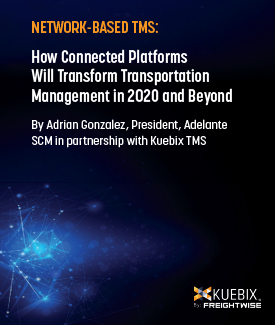Are You Ready for Black Friday & Cyber Monday 2018?

Black Friday is just around the corner—November 23rd—followed by Cyber Monday on the 26th. These are huge shopping days for U.S. consumers: Last year sales reached $7.9 billion, an 18% increase over the previous year, while Cyber Monday earned retailers $6.6 billion.
But where did these holidays get their start?
• A pre-Thanksgiving shopping day has been around since the 1940s and 1950s. But the Black Friday moniker first appeared 1966, when the Philadelphia Police Department used the name to describe traffic jams and crowding in downtown stores the day following Thanksgiving.
• The term Cyber Monday was coined in 2005 by Shop.org, a division of the National Retail Federation, as a “catchy hook” to match the brick-and-mortar shopping frenzy fueled by mention of Black Friday savings. Preferred by consumers due to convenience, Cyber Monday sales have been aided by the rise of reliable and expedited delivery and high levels of product availability.
Today—whether shopping in-store or online—consumers still want to save. The National Retail Federation and other sources note that a preference for discounts keeps the days between Black Friday and Cyber Monday top shopping days for customers as retailers continue to roll out exclusive deals:
• $2 billion will be spent the day before Black Friday. Last year, $93 billion dollars were spent online. With conservative estimates pin Thanksgiving online revenue at about $2 billion, it will still be one of the more popular days of the year.
• $2 billion on Thanksgiving shows that peak day revenue is being distributed across the surrounding days. Similar revenue will likely be generated across the Saturday and Sunday leading up to Cyber Monday, where nearly $4 billion is expected to be spent and 36% of customers will only purchase items on sale.
Getting ready for the big demand
This massive glut of orders can tax retailers’ logistics systems, but there are several steps you can take to ensure better preparedness and meet demand over this concentrated period:
• Ensure your inventory is in place. A platform that brings all product information together–from ordering and inventory, to temperature monitoring and transit, and expense allocation—helps you to manage your requirements in one place, ensuring inventory is in the right place at the right time.
• Use a transportation management system (TMS) to schedule your shipments. A well-designed TMS lets you share your predicted shipment schedule with carriers—helping them to schedule their resources—as well as letting you quickly locate capacity with your contracted carriers to stay ahead of demand and effortlessly compare your contracted rates to the spot market to find the best rate.
• Ramp up your insights for better Black Friday/Cyber Monday logistics results in the future. With the right tools, you can look at historical shipment data to find areas for improvement for the Black Friday and Cyber Monday shopping crunches you’ll face in 2019 and far beyond.
A little planning goes a long way when it comes to avoiding expedited freight charges and optimizing your logistics operations during these two critical holiday shopping periods. This is a great time to ensure you have the capacity you need at your fingertips when you need it so that you can easily meet customers’ demanding shipping expectations and nail down your brand’s integrity








